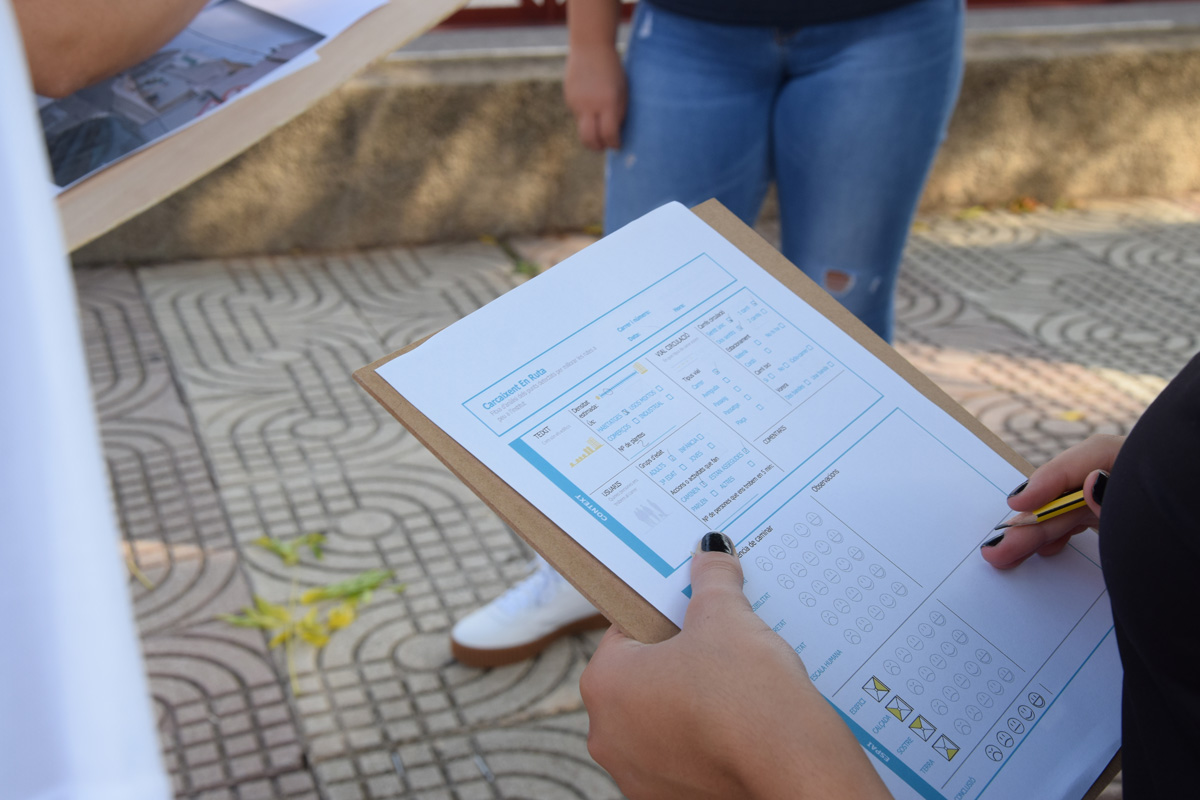Collective monitoring is an ongoing participatory evaluation methodology that engages diverse stakeholders to assess the performance, equity, ecological, and gender impacts of urban initiatives, services, and policies over time. This methodology aims to transform the paradigm from vertical audits to community-based monitoring that integrates lived experiences, local knowledge, and institutional accountability.
This approach ensures that actors with the capacity to decide and manage resources are accountable to historically marginalised groups, making collective monitoring a process of mutual learning and governance transformation.
